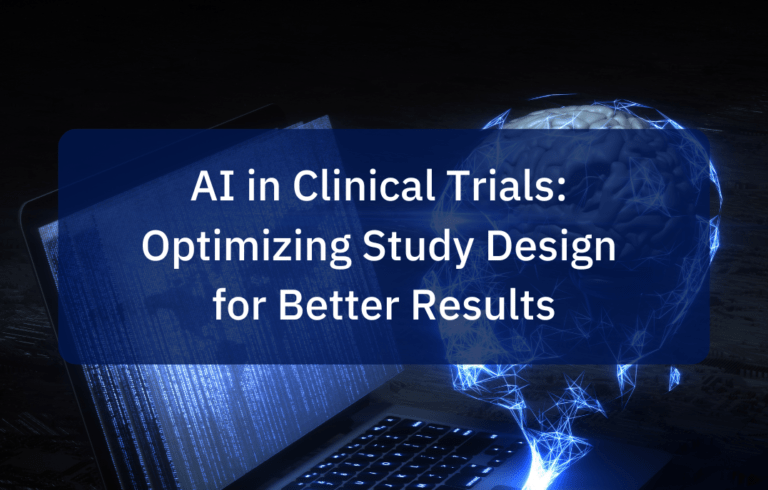
OUR SERVICE
Ready to explore the latest trends in Real-World Evidence changing healthcare for better in 2024? From regulatory shifts to AI-powered insights, this blog focuses on the top 5 factors to watch.
Real-world data (RWD) is collected through routine patient care and is often transactional or administrative in nature. It comprises information produced from data routinely collected on patients’ health status and/or the delivery of health care from various sources other than traditional clinical trials. These sources can include electronic health records, claims, patient-generated data, including in home-use settings, data from mobile devices, as well as patient, product, and disease registries. Real-world evidence (RWE) is increasingly being used for post-marketing surveillance, risk-benefit assessments, product approvals, payer discussions, and value co-creation.
RWE tops the list1 and consistently stays in the top ten trends for health economics and outcomes research. As we continue to explore RWE, it is worth our time to predict the trends for the coming year.
Emerging Trends in Real-World Evidence
1. Regulatory guidelines and frameworks
2. Active participation by health care systems
3. Digital Health Technology
4. Use of AI and ML
5. Value co-creation
About the Author
Dr. Kavita Lamror | Partner, RWE and Digital Transformation, Maxis Clinical Sciences
In her current role, Dr. Lamror capitalizes on her extensive expertise in the healthcare industry to amplify Real-world evidence strategies. With a clinical background and an MPH from Johns Hopkins Bloomberg School of Public Health, she specializes in enhancing strategies for RWE, spearheading digital transformation, and expanding patient-centric solutions. Dr. Lamror has a track record of over 15 years in healthcare, where she has led substantial projects and developed innovative strategies for real-world evidence. Her work focuses on leveraging data to improve patient health outcomes and drive healthcare innovation.
References
- Top 10 HEOR Trends. Accessed 15 January 2024. https://www.ispor.org/heor-resources/about-heor/top-10-heor-trends
- US FDA. Real-world evidence. Accessed 15 January 2024. https://www.fda.gov/science-research/science-and-research-special-topics/real-world-evidence
- Real-world evidence framework to support EU regulatory decision-making. Accessed 15 January 2024.https://www.ema.europa.eu/en/news/use-real-world-evidence-regulatory-decision-making-ema-publishes-review-its-studies
- Schad F. and Thronicke A. Real-World Evidence—Current Developments and Perspectives. Int J Environ Res Public Health. 2022 Aug; 19(16): 10159
- Califf R. Realizing the Promise of Real-World Evidence. Accessed 15 January 2024. https://www.fda.gov/news-events/fda-voices/realizing-promise-real-world-evidence
- Peng Y., Wu T., Chen Z., and Deng Z. Value Co-creation in Health Care: Systematic Review. J Med Internet Res. 2022 Mar; 24(3): e33061


Real-World Evidence and Digital Transformation in Focus: Q&A with Dr. Kavita Lamror
